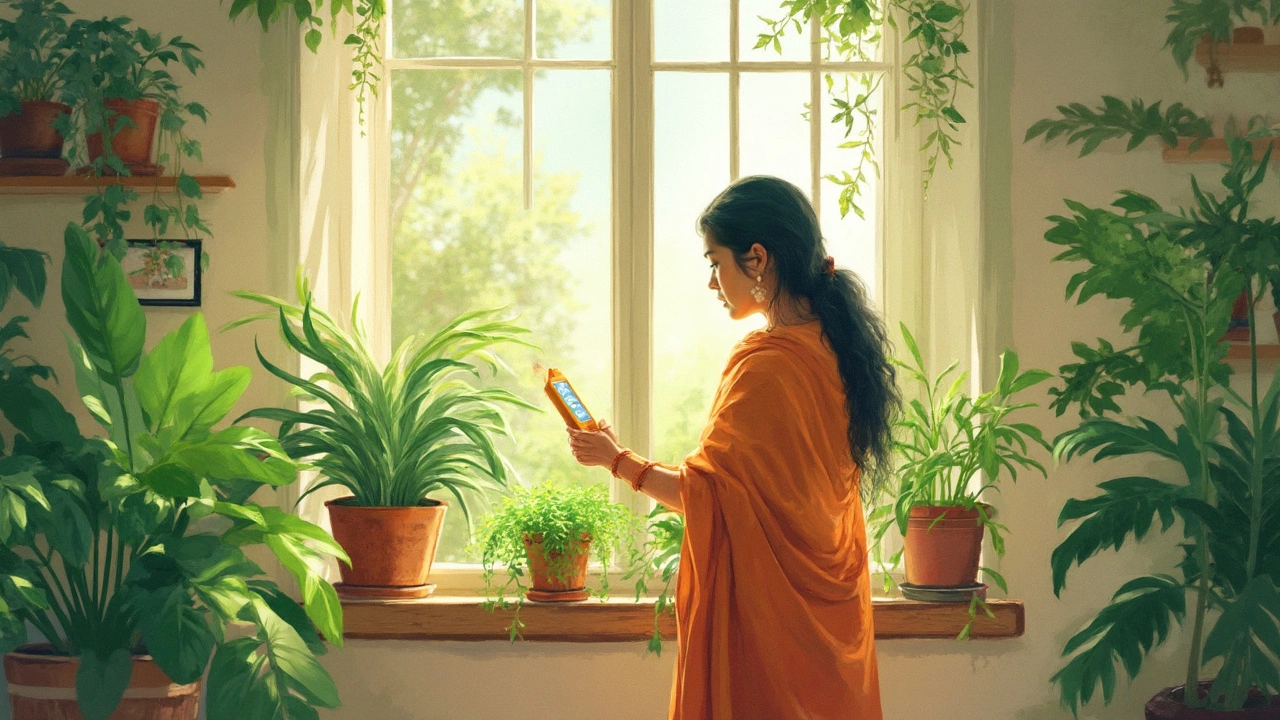Figuring out if you're overwatering or underwatering your plants can be tricky, especially with indoor greenery. Learn how to read the signs your plants are giving you to determine if they’re thirsty or drowning. Uncover common mistakes people make and practical tips to keep your leafy friends thriving. Knowing the difference could be the secret to turning your home into a lush indoor jungle.
Overwatering: How to Fix It and Save Your Plants
When your plant’s leaves turn yellow or drop without warning, it’s rarely because it’s too dry—it’s more likely overwatering, the most common mistake gardeners make when they care too much. Also known as water stress, it’s not about how much water you give, but how often you give it when the soil never dries out. Many people think plants need constant moisture, but roots need air too. When soil stays soggy, oxygen disappears, and roots start to suffocate—leading to root rot, a silent killer that eats away at roots before you even see the damage. Once root rot sets in, even stopping water won’t save the plant unless you act fast.
Overwatering doesn’t just happen indoors. In Indian homes, balconies with poor drainage, small pots, or non-porous soil become death traps for even tough plants like basil or zinnias. You might be using the same watering schedule for your terrace garden as you did for your last apartment plant, but climate and container size change everything. Monsoon humidity makes soil stay wet longer, and indoor plants in air-conditioned rooms dry out slower than you think. The real issue isn’t the water—it’s the lack of drainage, the unseen system that lets excess water escape and air reach the roots. Without it, even a single extra watering can push a plant past recovery.
Fixing overwatering starts with observation, not more water. Stick your finger two inches into the soil—if it’s damp, wait. If it’s dry, water deeply and let it drain. Swap heavy clay soil for mixes with perlite or compost. Use pots with holes, and never let plants sit in saucers full of water. Most indoor plants thrive on neglect, not attention. The plants you think you’re saving? You might be killing them with kindness.
In the posts below, you’ll find real fixes for overwatered houseplants, how to choose the right soil, why drip systems sometimes make things worse, and which balcony plants can handle India’s unpredictable rains. No fluff. No guesswork. Just what works.
